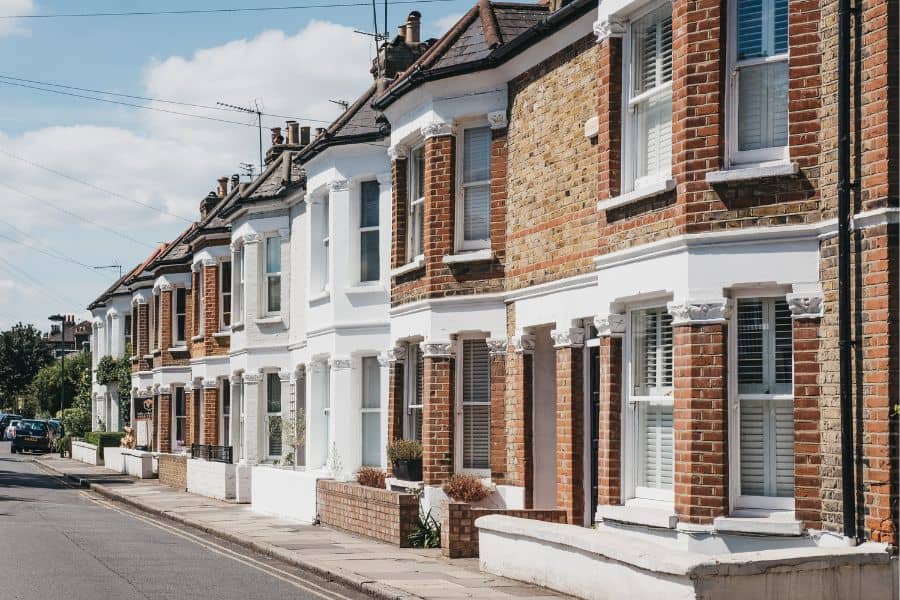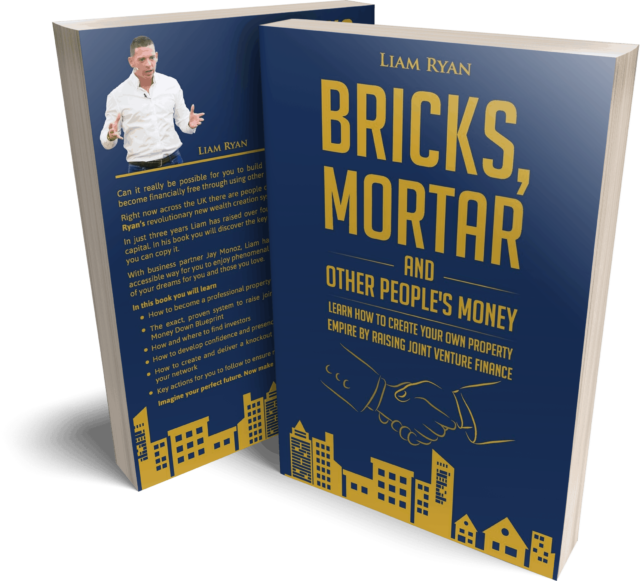HMOs as an Investment in 2024 and Beyond - Top UK Locations to invest in HMOs

HMOs can seem like a quick win for property investors and landlords, but there are several things you should consider before investing in an HMO. Read on to discover more about HMOs, the pros and cons of investing in HMOs, key considerations, and the top UK locations for HMO investment.
Table of Contents
ToggleWhat Are HMOs?
First off – what is an HMO? HMO stands for House in Multiple Occupancy and is a property that is rented out to several people who are not part of a family or group unit. People rent a room in a shared house and usually share amenities and communal rooms like kitchens or bathrooms.
HMOs as an Investment in 2024
HMOs can offer higher rental yields than a single let, as renting out individual rooms can double or even triple your rental income. Many landlords, especially in cities with high student populations choose to rent their properties out as HMOs, although not every city-based location is suitable for this.
People are more likely to consider renting a room in a shared house due to the high cost of living. According to SpareRoom’s Rental Index, rental prices for rooms in the UK have risen by 16% since Q3 of 2022, and average rents are at an all-time high across the UK. This rise in rental yields and a modest reduction in property prices could mean that investing in an HMO in 2024 could be a smart move for landlords and property investors.
Pros & Cons of HMO Investment
Before investing in an HMO, would-be property investors should consider the benefits and potential drawbacks of HMOs – see below.
Pros of Investing in an HMO Property
Higher Rental Yields
HMOs offer higher rental yields than single-let properties, as you can rent out each bedroom to an individual tenant rather than let the whole property to one party. According to the British Landlord Association, an HMO property has an average rental yield of 7.5%, which is very profitable compared to single-let properties which have an average yield of 3.63%.
Reduced Vacancy Risk
Having a vacant property means no rental income for landlords and property investors. When tenants move out, there can be a gap before new tenants move in that leaves you out of pocket. Tenants move in and out of HMOs all the time, but as the other rooms are still occupied, the loss of a tenant is not the financial blow it would be for a completely empty property. HMOs can help shield you from rental voids and offer a more predictable income.
High Demand
As people flock back to cities post-pandemic, they seek lower-cost housing that HMOs can offer, especially near universities or business hubs. Students, young professionals, transient workers and other people who prioritise central city living over private space are the key demographic for HMOs.
Portfolio Diversification
HMOs give property investors the chance to expand their portfolio, giving them access to a different market segment than commercial or single-let residential properties. This means that if one area of the market declines, you can still continue making a profit.
Cons of Investing in an HMO Property
Additional Legal Requirements
Offering an HMO for rental incurs more legal responsibility than a single-let property. Many local councils require an HMO licence, and some will only grant so many HMO licences at a time. HMOs that are occupied by 5 people or more require a mandatory licence in England and Wales – there is an unlimited fine for unlicensed HMOs. Landlords also need to pass the ‘fit and proper’ test, i.e. have no criminal record or any breaches of landlord laws or codes of practice.
Increased Safety Requirements
HMO owners are required by law to submit a gas safety certificate every year, and an electrical safety certificate every 5 years, as well as provide safety certificates for all electrical appliances supplied with the property. Fire risk assessments are required for HMOs and additional precautions including interlinked smoke/heat detectors, fire doors in the kitchen and all doors in HMOs of 3 storeys or more are also needed. A council representative may inspect the property to ensure that the property is not overcrowded, that there are sufficient cooking and washing facilities, and that there are appropriate refuse storage and disposal facilities.
Higher Maintenance and Refurbishment Costs
HMOs can require more refurbishment to ensure that there are adequate kitchen and bathroom facilities, fire alarm systems and other additions which are not usually required in a standard rental property. HMOs can incur more general wear and tear thanks to more people coming and going and heavier use of facilities.
Mortgage Costs
It can be more difficult to obtain a mortgage to purchase a HMO property, and some lenders may not offer one at all or offer a higher interest rate than for a regular buy-to-let mortgage. Lenders often expect a maximum LTV of 60-75%, meaning that you would have to provide a larger deposit.
Top UK Locations for HMO Investment in 2024
London
London continues to be incredibly popular with students and young professionals, making it a great location for HMO property investment. Initial costs can be high but there is potential for substantial returns on your investment.
Birmingham
Birmingham is home to 5 universities which welcome 80,000 students every year. HMOs are popular with students who value communal living and proximity to the city centre, and Birmingham student properties offer rental yields as high as 8.6%.
Leeds
Leeds has a lot to offer young professionals and its population has grown by 8.1% from 2011 to 2021, indicating a thriving housing market. Leeds also has an influx of 70,000 students every year who need accommodation – property investors can take advantage of comparatively lower house prices in Leeds and other Northern cities.
Manchester
Manchester enjoys the enviable status of being the UK’s secondary financial hub outside of London, with an ever-increasing population of young people looking to work and live in this bustling city. With house prices up to 39% lower than in London, property investors can pick up potential HMOs relatively cheaply, but be quick – Manchester house prices are on the rise.
The Future of HMOs as an Investment in 2025 and Beyond
HMOs should continue to be a savvy investment, provided that you are ready and able to keep up with the heightened licensing and legal requirements. Students and young people are ready sources of potential tenants for HMOs, especially in large cities and near to universities. As always, keep up to date with the latest regulations and the housing market in general. First-time investors especially should take the time to research the local rental market and do their due diligence on local licensing requirements for HMOs before investing.
Are you ready to become a successful property investor? Join our FREE Property Investment Summit and gain expert insights on HMOs, top locations, and more from expert property investors, including me, Liam J Ryan. Reserve your spot now!
You May Also Be Interested In...

Tenant Referencing Guide For New Landlords
Learn why tenant referencing is essential, how to do it properly, and what red flags

Top 15 Questions To Ask When Viewing A House
Viewing a house? Ask these 15 key questions to avoid costly mistakes and make a

Council Tax On Empty Properties And Second Homes
A guide for UK property owners on council tax obligations for empty properties and second
Featured Property Investment Events & Courses
The Property Deal Packaging Summit
The Property Millionaire Bootcamp
The Serviced Accommodation Bootcamp





